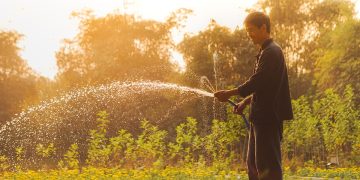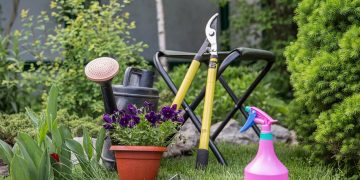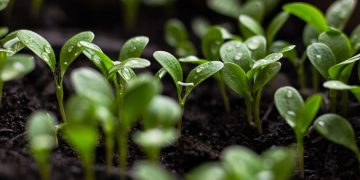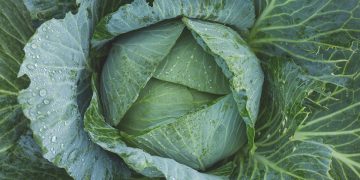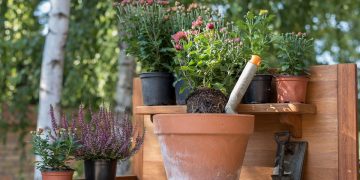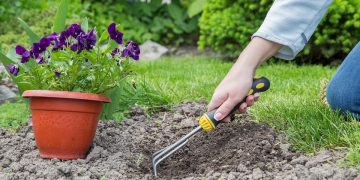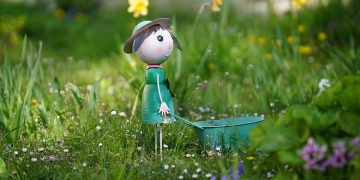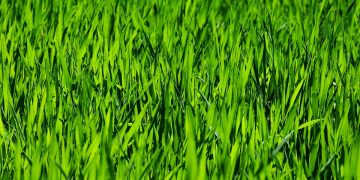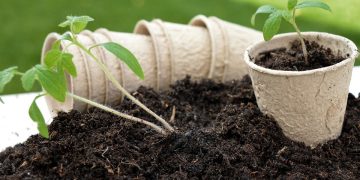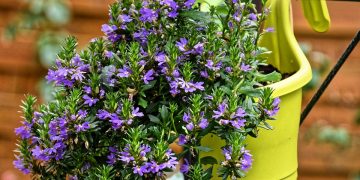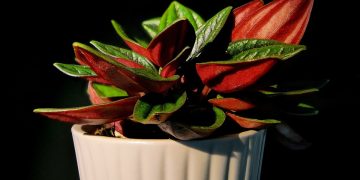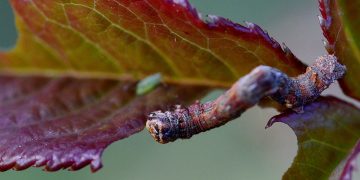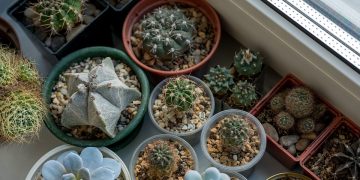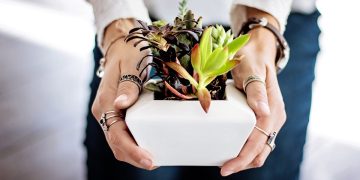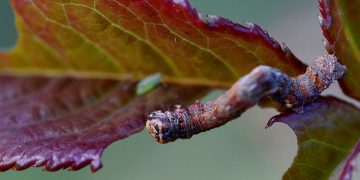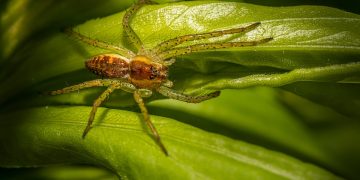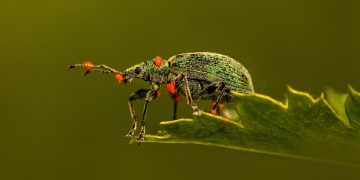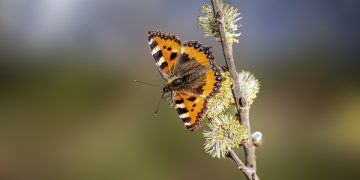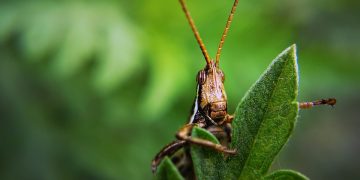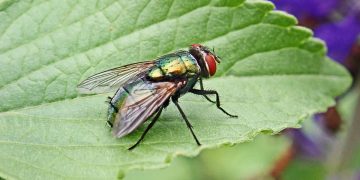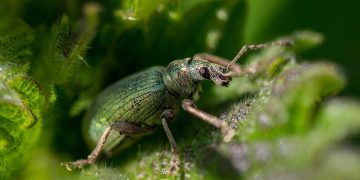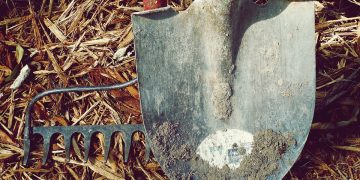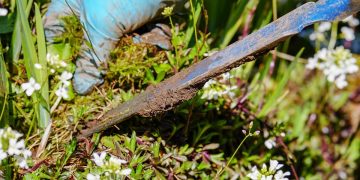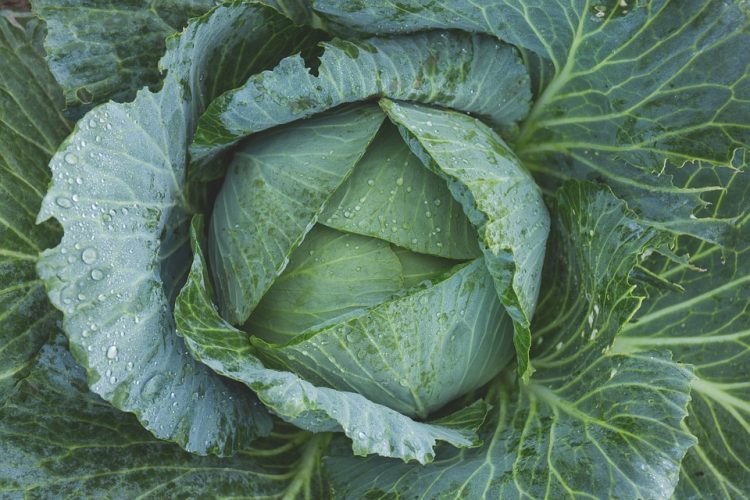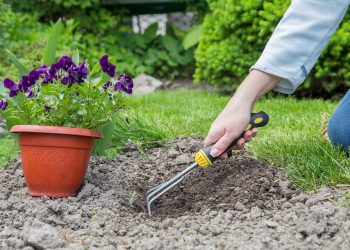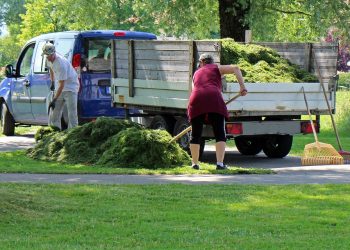Grow More, Waste Less: The Ultimate Guide to Sustainable Gardening Practices
When it comes to gardening, sustainability is key. By adopting practices that minimize waste and promote the health of the environment, you can create a beautiful garden that is not only aesthetically pleasing but also environmentally friendly. In this comprehensive guide, we will explore the best sustainable gardening practices to help you grow more while wasting less.
Why Sustainable Gardening Matters
Sustainable gardening is more than just a trend – it is a necessity. With the increasing threats of climate change and environmental degradation, it is crucial for individuals to do their part in protecting the planet. By adopting sustainable gardening practices, you can reduce your carbon footprint, conserve water, and create a healthier ecosystem for plants and wildlife.
Benefits of Sustainable Gardening
There are numerous benefits to practicing sustainable gardening, including:
- Reduced water usage
- Improved soil health
- Increased biodiversity
- Decreased reliance on chemicals
- Lower carbon emissions
Essential Sustainable Gardening Practices
Water Conservation
One of the most important aspects of sustainable gardening is water conservation. By using water wisely, you can reduce your water bill and protect this precious resource. Some tips for conserving water in your garden include:
- Collecting rainwater in barrels
- Installing a drip irrigation system
- Mulching to retain moisture
- Watering early in the morning or late in the evening to minimize evaporation
Composting
Composting is another essential practice for sustainable gardening. By composting your kitchen scraps and garden waste, you can create nutrient-rich soil that will feed your plants and reduce the need for chemical fertilizers. Composting is easy to do and can significantly reduce the amount of waste that ends up in landfills.
Native Plants
Choosing native plants for your garden is a great way to support local biodiversity and promote a healthy ecosystem. Native plants are well-adapted to the local climate and soil conditions, making them more resilient to pests and diseases. They also provide food and habitat for native wildlife, such as birds and pollinators.
Organic Pest Control
Instead of relying on harmful chemicals to control pests in your garden, consider using organic methods. This can include planting companion plants that repel pests, introducing beneficial insects, and using natural sprays such as neem oil or garlic spray. By avoiding synthetic pesticides, you can protect the health of your garden and the environment.
Common Questions About Sustainable Gardening
Is sustainable gardening more expensive than traditional gardening?
While there may be some upfront costs associated with implementing sustainable gardening practices, such as installing a rainwater collection system or purchasing compost bins, in the long run, sustainable gardening can actually save you money. By reducing your water and chemical inputs, you can lower your gardening expenses and create a more self-sustaining garden.
Can I still have a beautiful garden while practicing sustainable gardening?
Absolutely! Sustainable gardening does not mean sacrificing beauty. In fact, many sustainable gardening practices, such as using native plants and organic pest control, can enhance the beauty of your garden. By working with nature instead of against it, you can create a garden that is both visually stunning and environmentally friendly.
How can I start practicing sustainable gardening?
There are many ways to begin practicing sustainable gardening, even if you are new to gardening. Start by incorporating small changes, such as composting your kitchen scraps or planting a few native plants. As you become more comfortable with these practices, you can gradually expand and experiment with new techniques. Remember, every little step towards sustainability makes a difference.
Conclusion
Sustainable gardening is not only good for the environment, but it is also a rewarding and fulfilling way to connect with nature. By adopting practices that minimize waste and promote biodiversity, you can create a garden that thrives for years to come. Whether you are a seasoned gardener or just starting out, there are plenty of ways to grow more while wasting less in your garden. Let’s all do our part to protect the planet and create a greener, more sustainable future.
Remember, sustainability starts in your own backyard.

